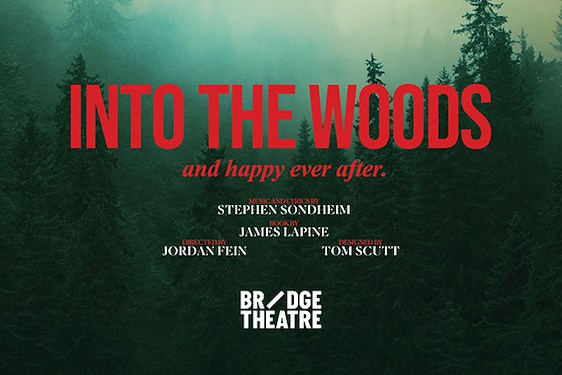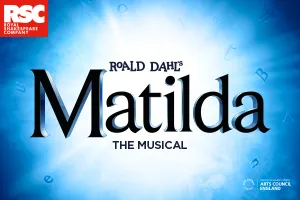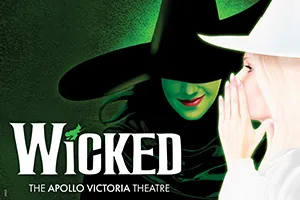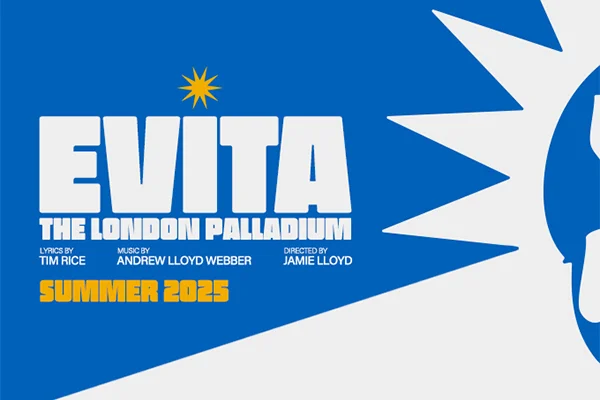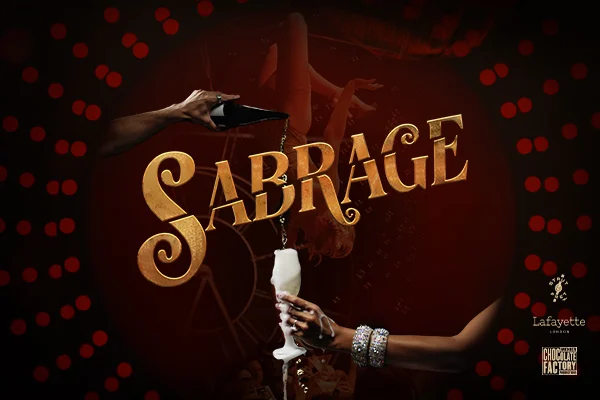Nigamon/Tunai is an inspirational immersive ritual created by indigenous artists, Émilie Monnet from Canada and Waira Nina from Columbia who seek to draw attention to the destruction of the environment by deep mining of copper in the Columbian Amazon. This powerful piece, a meditative experience, will surely affect you deeply and appreciate the urgency of this ecological crisis.
They believe that not only birds but trees, stones and water … can sing to us.
The set is in the round, full of a multitude of things, ten living trees and amazing objects, mainly made of copper and we are given time to wonder: a sitar, gourd-like vessels hanging from the ceiling or placed by smaller pools. The women slowly move around the space performing rituals, as time slows and you learn to listen.
Nigamon/Tunai means ‘song’ in their respective languages, Monnet’s Anishnaabe and Nina’s Inga. They believe that not only birds but trees, stones and water are sentient beings and can sing to us. There is the sound of water poured into the copper vessels, or dripping off their trailing wires into a pool below, a large stone emits a moan. It’s a thrilling moment to hold the trunk of one of the trees to feel its vibrations. Later we learn that all the sounds are activated by water made by inventions created by Leonel Vasquez who specialises in making the inaudible audible.
Chanting, the voices of indigenous leaders in the Inga and Anishnaabe languages and others in Spanish, French create a magical, mysterious atmosphere. Bird song created by the two women, especially sounds created by a nose-flute is a highlight. A traditional instrument, the shell of a tortoise, Yagamama, is stroked by Waira Nina until it emits a weird humming.
The importance of the Yagamama, protector of waters in Inga creation stories, is dramatically enacted by creating a tortoise shell pattern with light over the central pool, then destroying it with thunder and lightning, symbolic of the destruction caused by deep mining for copper.
The spell of this ritual performance is powerful enough to encourage us to ponder on the meaning of the rituals and to supplement this there is audio-information and a post show talk.
Visit Show Website
EUROPEAN PREMIERE
Immerse yourself in a contemporary ritual from Indigenous artists Émilie Monnet and Waira Nina.
Émilie Monnet, from Canada, and Waira Nina, from the Colombian Amazon, are interdisciplinary artists who seek to forge links between Indigenous people of the northern and southern hemispheres. They invite you into a mesmerising performance inspired by solidarity for the protection of water and resistance against extraction of resources.
In the Colombian Amazon, on the territory of the Inga people, oil and mining companies destroy entire living environments to plunder resources. This includes copper, which is central to Anishinaabe culture in Canada, where these same companies thrive.
The words Nigamon and Tunai mean ‘song’ in the artists’ respective languages. In Nigamon / Tunai, Monnet and Nina experiment with their voices, their breath and their bodies to interweave a performed ritual with audio documentary.
Together, the artists create a multi-sensory experience, immersing the audience in the traditional knowledge of their cultures and the struggles that bind them together.
Supported by
A keepsake freesheet is available at the venue for this performance.
Émilie Monnet Co-Author, Co-Director & Performer
Waira Nina Co-Author, Co-Director & Performer
Sarah Williams Associate DirectorLeonel Vasquez Sound DesignerYohayna Hernández DramaturgeWanderson Santos Assistant Director & Stage ManagerMélanie O'bomsawin Video DesignerJulie Christina Picher Set DesignerMayumi Ide-Bergeron Props AssistantChantal Labonté Lighting Designer Frannie Holder Music & Sound DesignerFrédéric Auger SoundEsmeralda Vasquez Singing CoachElizabeth Lima Voice Coach (birds improvisation)Yso Costume DesignerMaria Belén Jacanamijoy Mutumbajoy Props Manager & Beadwork DesignerJulie Cusson Make-up & Hair Design Tribal Spirit Music DrumsSouth Street Boatbuilders (design by Tim
Richards) & Leonel Vasquez Canoe CraftsmanSylvie Dubé Bark Basket CraftsmanCynthia Bouchard-Gosselin Production ManagerSamuel Thériault Technical Director & Sound ManagerFloyd Favel Protocol Consultant (North)Luciano Mutumbajoy Protocol Consultant (South)With the voices of Amanda Roy, Taita Luciano Mutumbajoy, Sonia Mutumbajoy, Anik Sioui, Sharon DayAlanis O’Bomsawin-Galand, Élouan O’Bomsawin-Galand Children’s Voices (Luna 8)Tree song “Nibi Song” created by Doreen Day performed by Andrée Levesque Sioui, Nahka Bertrand, Annie O’Bomsawin, Kim Picard, Yolanda Jacanamijoy Mutumbajoy, Natividad Mutumbajoy, Libia guamanga, Eusebia Yanangona, Taita Jose BecerraVéronik Picard Researcher (responsible for the dramaturgical text)Translation Elisabet Ràfols (French, English, Spanish) & Cleo da Fonseca (Portuguese)Kimberly Guillaume Administration Director Jacinthe Saint-Pierre ManagerJean-Matthieu Barraud Communications Director Cusson Management & La Magnanerie MAG.I.C BookingNigamon/Tunai is a production of Productions ONISHKA in co-production with Festival TransAmériques and in collaboration with Espace GO.
Nigamon/Tunai is supported by the National Arts Centre's National Creation Fund and the Cole Foundation (Intercultural Dialogues).
Nigamon/Tunai benefited from an Indigenous Dramaturgies Circle residency at the Banff Centre for Arts and Creativity, from a residency at Kokolampoe Drama Center in Saint-Laurent du Maroni (French Guiana) and from a sound creation residency at Centro de la escucha de Sibaté (Columbia).
Nigamon/Tunai was created with an eco-conception approach, and thanks to the contribution of Soverdi, Société de verdissement du Montréal métropolitain, 10 trees graciously loaned for the production will be rooted in the heart of the community at the end of the performances. They will provide shade, freshness and clean air for future generations, contributing to the objectives of the Plan Climat Montréal 2020-2030.
ONISHKA is supported by the Canada Council for the Arts, Conseil des arts et des lettres du Québec, Conseil des arts de Montréal, the National Creation Fund and the Cole Foundation.







